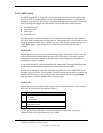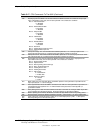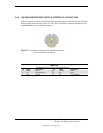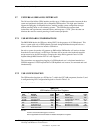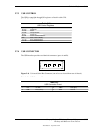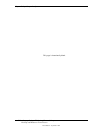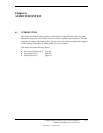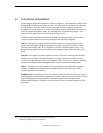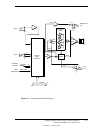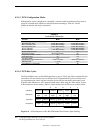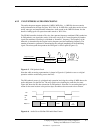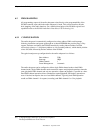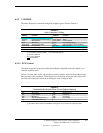
Chapter 6 Audio Subsystem
Compaq Deskpro EN Series of Personal Computers
Desktop and Minitower Form Factors
Third Edition - September 1998
6-2
6.2 FUNCTIONAL DESCRIPTION
A block diagram of the audio subsystem is shown in Figure 6-1. The architecture is based on the
ES1869 audio controller that provides the ADC, DAC, FM synthesis, spatializer 3D audio, and
mixing functions. The audio output is processed though a six-level equalizer designed to
compensate for chassis acoustics. A 5-watt low-distortion amplifier (TDA7056A) drives a long-
excursion speaker for optimum sound. All audio functions are controlled by software. The
software volume control uses 6-bit resolution providing 64 levels.
In addition to the connections provided for CD-ROM, four analog interfaces are provided to
connect to external audio devices and are discussed in the following paragraphs.
Line In
- This input uses a three-conductor (stereo) mini-jack for connecting left and right
channel line-level signals (20-K ohm impedance). A typical connection would be to a tuner’s
Line Out or Record Out jacks, or to a tape deck’s Line Out or Playback Output jacks. A less
optimum but acceptable connection would be to the headphone output of the tape deck or CD
player.
Line Out
- This output uses a three-conductor (stereo) mini-jack for connecting left and right
channel line-level signals (20-K ohm impedance). A typical connection would be to a tape
recorder’s Line In or Record In jacks, to an amplifier’s Line In jacks, or to “powered” computer
speakers that contain amplifiers. Plugging into the Line Out mutes the internal speaker.
Mic In
- This input uses a three-conductor (stereo) mini-jack that is specifically designed for
connecting a condenser microphone with an impedance of 1-K ohms. This is the default
recording input after a system reset.
Headphone Out
- This output uses a three-conductor (stereo) mini-jack for connecting a pair of
stereo headphones with a minimum impedance of 16 ohms. This jack can also be used to connect
a pair of un-powered or powered speakers of the type designed to be used with portable
radio/cassette/CD players). Using this connector defeats (mutes) the internal speaker and Line
Out signals.



